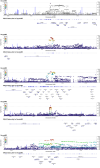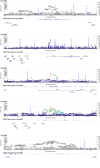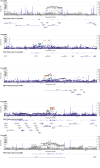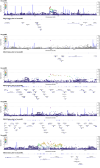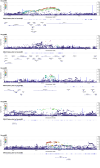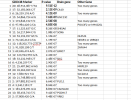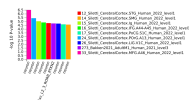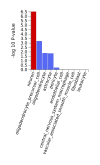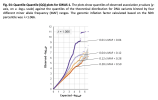ME/CFS Science Blog
Senior Member (Voting Rights)
PEBP1 seems like the second closest to the hit on chromosome 12, next to TAOK3, which seems very stretched out.
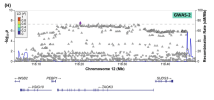
EDIT: added the image belowThis gene encodes a member of the phosphatidylethanolamine-binding family of proteins and has been shown to modulate multiple signaling pathways, including the MAP kinase (MAPK), NF-kappa B, and glycogen synthase kinase-3 (GSK-3) signaling pathways. The encoded protein can be further processed to form a smaller cleavage product, hippocampal cholinergic neurostimulating peptide (HCNP), which may be involved in neural development. This gene has been implicated in numerous human cancers and may act as a metastasis suppressor gene. Multiple pseudogenes of this gene have been identified in the genome.

Last edited:

